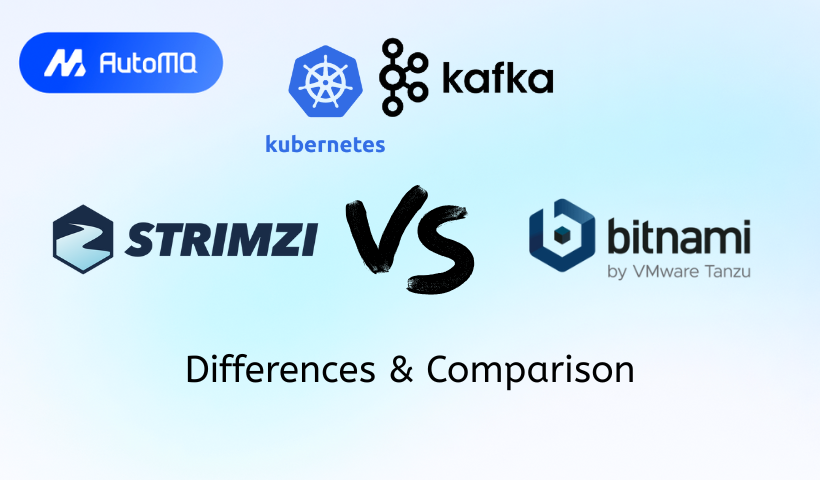Overview
Apache Kafka has become the backbone of modern real-time data streaming architectures. Its ability to handle high-throughput, low-latency data feeds makes it indispensable for a wide range of applications, from event-driven microservices to big data analytics. However, deploying and managing Kafka, a stateful distributed system, can be complex, especially in dynamic environments like Kubernetes.
Fortunately, the Kubernetes ecosystem offers solutions to simplify this challenge. Two popular approaches for running Kafka on Kubernetes are using the Strimzi Kafka Operator and the Bitnami Kafka Helm chart. This blog post will provide a comprehensive comparison to help you, as a senior software engineer, decide which approach best suits your needs.
Why Kafka on Kubernetes?
Running Apache Kafka on Kubernetes offers several advantages:
Scalability: Kubernetes makes it easier to scale Kafka brokers up or down based on demand.
Resilience: Kubernetes can automatically restart failed Kafka pods, improving cluster availability.
Resource Efficiency: Containerization and orchestration can lead to better utilization of underlying hardware.
Standardized Deployments: Kubernetes provides a consistent way to deploy and manage applications across different environments.
Despite these benefits, Kafka's stateful nature—brokers need to maintain their identity and data—presents challenges. Managing storage, network identities, and coordinated updates requires careful consideration [1]. This is where tools like Strimzi and Bitnami's Helm chart come into play.
Strimzi Kafka: The Kubernetes-Native Operator
Strimzi is an open-source project, currently a Cloud Native Computing Foundation (CNCF) Sandbox project, that focuses on running Apache Kafka on Kubernetes in a Kubernetes-native way [2]. It employs the Operator pattern, extending Kubernetes with custom controllers and Custom Resource Definitions (CRDs) to manage Kafka and its ecosystem components.
How Strimzi Works
Strimzi's architecture revolves around several key operators:
Cluster Operator: Manages the lifecycle of Kafka clusters, including ZooKeeper (for older versions or configurations) or KRaft-based Kafka clusters, Kafka Connect, Kafka MirrorMaker (1 & 2), Kafka Bridge, and Cruise Control for cluster rebalancing [3]. It watches for
KafkaCRDs and creates the necessary Kubernetes resources (StatefulSets, Services, ConfigMaps, etc.).Entity Operator: Comprises the Topic Operator and User Operator.
Topic Operator: Manages Kafka topics through
KafkaTopicCRDs, allowing you to define topics declaratively in YAML.User Operator: Manages Kafka users and their access control lists (ACLs) through
KafkaUserCRDs, simplifying Kafka security management.
StrimziPodSets: Strimzi uses
StrimziPodSetresources as an alternative to StatefulSets for managing pods in Kafka clusters, offering more control over pod management, especially for features like node pools [3].
![Strimzi Kafka Architecture [9]](https://static-file-demo.automq.com/6809c9c3aaa66b13a5498262/69099db64bf986bc370c3809_67480fef30f9df5f84f31d36%252F685e62ca1ae93fe7ffba436f_EXtI.png)
Key Features of Strimzi
Declarative Configuration: Define your entire Kafka setup—clusters, topics, users, connectors—using YAML files and CRDs.
Automated Lifecycle Management: Strimzi handles deployment, configuration updates, rolling upgrades, and broker scaling with minimal manual intervention.
Security: Provides built-in support for TLS encryption for client-broker and inter-broker communication, various authentication mechanisms (SASL SCRAM-SHA-512, mTLS, OAuth 2.0), and authorization via ACLs or OPA [4].
Monitoring: Exposes Kafka and ZooKeeper metrics in Prometheus format, facilitating integration with monitoring stacks like Prometheus and Grafana [3].
Cruise Control Integration: For intelligent cluster rebalancing and anomaly detection, helping optimize resource utilization and data distribution.
KRaft Support: Supports Kafka Raft (KRaft) mode, eliminating the need for a separate ZooKeeper cluster for metadata management in newer Kafka versions [3].
Kafka Bridge: An HTTP bridge for interacting with Kafka, useful for applications that cannot use the native Kafka client protocol.
Node Pools: Allows different groups of Kafka brokers within the same cluster to have different configurations, useful for heterogeneous workloads or tiered storage [3].
Deployment and Operations with Strimzi
Deployment involves applying Strimzi Operator manifests and then defining your Kafka cluster via a Kafka CRD. Operations like scaling, upgrades, and configuration changes are managed by modifying the CRD and letting the operator reconcile the state. Strimzi aims to automate many Day-2 operational tasks, reducing the manual burden on operations teams [5].
Bitnami Kafka: Packaged Simplicity with Helm
Bitnami, now part of VMware, provides a vast catalog of pre-packaged applications, including a popular Helm chart for Apache Kafka [6]. Helm is a package manager for Kubernetes that simplifies the deployment and management of applications.
How Bitnami Kafka Works
Bitnami's Kafka offering primarily consists of:
Docker Images: Well-maintained and frequently updated Docker images for Apache Kafka and ZooKeeper (if used).
Helm Chart: A comprehensive Helm chart that deploys Kafka on Kubernetes. This chart uses standard Kubernetes resources like StatefulSets for brokers and ZooKeeper nodes.
Configuration is primarily handled through the values.yaml file provided with the Helm chart, allowing extensive customization of the Kafka deployment [7].
Key Features of Bitnami Kafka
Ease of Deployment: Helm charts offer a straightforward way to deploy Kafka clusters with a single command (
helm install).Wide Configuration Options: The
values.yamlfile exposes a multitude of parameters for configuring Kafka brokers, ZooKeeper (if used), persistence, resource allocation, security, and more [7].KRaft and ZooKeeper Modes: Supports deploying Kafka in both KRaft mode and the traditional ZooKeeper-based mode.
Security Options: Includes parameters for enabling TLS encryption, SASL authentication (PLAIN, SCRAM), and managing ACLs through startup scripts or manually.
Persistence: Supports various persistence options using PersistentVolumeClaims.
Metrics: Can be configured to expose JMX metrics, which can then be scraped by Prometheus, often requiring a JMX exporter sidecar.
Clustering: Supports deploying multi-broker Kafka clusters.
Deployment and Operations with Bitnami Kafka
Deployment involves adding the Bitnami Helm repository and installing the Kafka chart with customized values.yaml . Operations like scaling or configuration changes are typically done using helm upgrade or by directly manipulating Kubernetes resources if Helm's capabilities are insufficient for a specific task. While Helm simplifies initial deployment and upgrades, many Day-2 operations might require more manual intervention or scripting compared to an operator-based approach [1].
Strimzi Kafka vs. Bitnami Kafka: A Side-by-Side Comparison
| Feature | Strimzi Kafka | Bitnami Kafka (Helm Chart) |
|---|---|---|
| Primary Management Tool | Kubernetes Operator & CRDs | Helm CLI & values.yaml |
| K8s Integration | Deep, Kubernetes-native via Operator pattern | Standard Kubernetes resources managed by Helm |
| Day-2 Operations | Highly automated (upgrades, rebalancing, etc.) | More manual; relies on Helm capabilities & scripts |
| Configuration | Declarative via CRDs (Kafka, KafkaTopic, etc.) | values.yaml file for Helm chart |
| Ease of Initial Setup | Moderate (deploy operator, then CRDs) | Simple (helm install) |
| Lifecycle Management | Automated by operators | Primarily through Helm commands (upgrade, etc.) |
| Component Ecosystem | Manages Kafka, ZooKeeper/KRaft, Connect, MirrorMaker, Bridge, Cruise Control | Primarily Kafka & ZooKeeper/KRaft; other components deployed separately |
| Security Management | CRDs for Users & ACLs; robust TLS/SASL/OAuth | Configuration via values.yaml for TLS/SASL |
| Monitoring | Built-in Prometheus exporter integration | JMX metrics, often requires JMX exporter sidecar |
| Cluster Rebalancing | Integrated Cruise Control | Manual or external tools |
| Customization | Highly customizable via CRD specs | Highly customizable via values.yaml |
| Upgrades | Automated rolling upgrades by operator | helm upgrade; potentially manual steps |
| Community & Support | CNCF Sandbox project, active community | Broad Bitnami community, VMware support options |
| StatefulSet Management | Uses StrimziPodSet for more control | Uses standard Kubernetes StatefulSets |
Deployment and Management
Strimzi uses an operator that actively manages the Kafka cluster, continuously reconciling the desired state (defined in CRDs) with the actual state in Kubernetes. This provides a higher level of automation and a more Kubernetes-native feel [2]. Bitnami uses Helm, which is excellent for packaging and initial deployment, but it's more of a templating and release management tool rather than an active runtime controller [1].
Day-2 Operations Automation
This is a key differentiator. Strimzi excels here due to its operator capabilities. Tasks like coordinated rolling updates of brokers, certificate management, dynamic configuration changes, and automated cluster rebalancing (with Cruise Control) are handled by Strimzi [3]. With Bitnami's Helm chart, many of these operations require manual execution of Helm commands, kubectl commands, or custom scripting.
Kubernetes Integration
Strimzi is designed from the ground up to be Kubernetes-native, leveraging CRDs and operators to extend Kubernetes itself for Kafka management [2]. Bitnami's Helm chart deploys Kafka on Kubernetes using standard resources, which is a valid and common approach but doesn't offer the same depth of integration as an operator.
Configuration Flexibility
Both offer significant configuration flexibility. Strimzi uses detailed CRD specifications for Kafka, KafkaTopic, KafkaUser, etc., allowing fine-grained control [4]. Bitnami's Helm chart provides an extensive values.yaml file to customize almost every aspect of the Kafka deployment [7].
Scalability
Both solutions allow scaling Kafka brokers. Strimzi manages scaling through changes to the Kafka CRD, and the operator handles the orchestration. Bitnami allows scaling by adjusting replica counts in values.yaml and running helm upgrade , or by directly scaling the StatefulSet.
Security
Strimzi provides robust security features managed via CRDs, including automated certificate provisioning for TLS, and KafkaUser CRDs for managing SASL credentials and ACLs [4]. Bitnami offers strong security options configurable via values.yaml , such as enabling TLS, various SASL mechanisms, and setting up ACLs often through init scripts or manual broker configurations.
Upgrades and Maintenance
Strimzi automates Kafka cluster upgrades. When you change the Kafka version in the Kafka CRD, the operator performs a rolling update of the brokers to the new version [3]. With Bitnami, upgrades involve updating the Helm chart version or image tags in values.yaml and running helm upgrade . The process might require more careful manual oversight to ensure a smooth rolling update.
Monitoring and Observability
Strimzi clusters expose metrics for Prometheus by default, making it easy to integrate with standard Kubernetes monitoring stacks [3]. Bitnami Kafka can also expose JMX metrics, but often requires configuring a JMX exporter sidecar container, which can be done via the Helm chart parameters.
Key Considerations for Choosing
Choosing between Strimzi and Bitnami Kafka depends heavily on your team's expertise, operational model, and specific requirements:
Operational Expertise & Automation:
Strimzi: Better suited for teams looking for deep Kubernetes integration and high automation for Day-2 operations. It requires understanding the Operator pattern and CRDs but pays off in operational efficiency [5].
Bitnami: A good choice for teams who prefer the simplicity of Helm for initial deployment and are comfortable with more manual Day-2 operations or have existing Helm-based workflows.
Complexity vs. Control:
Strimzi: Introduces its own set of abstractions (CRDs, operators) which adds a learning curve, but provides fine-grained control and automation.
Bitnami: Simpler to get started if you know Helm. The control is through Helm's templating and Kubernetes primitives.
Ecosystem Management:
Strimzi: Manages a broader Kafka ecosystem within its operator model (Connect, MirrorMaker, Bridge, Cruise Control) [3].
Bitnami: Focuses primarily on Kafka and ZooKeeper/KRaft. Other components would typically be deployed and managed separately.
Update Frequency and Stability:
- Both projects are actively maintained. Strimzi, being focused solely on Kafka on Kubernetes, often incorporates new Kafka features and Kubernetes best practices rapidly. Bitnami ensures its Kafka chart is up-to-date and works well within its large catalog of applications.
Common Issues and Approaches
Regardless of the chosen solution, running Kafka on Kubernetes can present challenges:
Storage: Proper configuration of PersistentVolumes (PVs) and StorageClasses is crucial. Issues can arise from slow disk performance or incorrect storage provisioning [1].
Networking: Exposing Kafka brokers to clients outside the Kubernetes cluster can be complex, involving LoadBalancers, NodePorts, or Ingress controllers. Ensuring stable network identities for brokers is also key [8].
Resource Management: Kafka is resource-intensive (CPU, memory, network). Setting appropriate resource requests and limits for Kafka pods is vital to avoid performance issues or pod evictions.
KRaft Adoption: While KRaft simplifies architecture by removing ZooKeeper, it's a newer technology. Ensure thorough testing and understanding of its operational nuances [3].
Data Rebalancing: Adding or removing brokers requires data rebalancing, which can be I/O intensive. Strimzi's Cruise Control integration helps automate and optimize this [3]. For Bitnami, this might require manual intervention or external tooling.
Conclusion
Both Strimzi Kafka and Bitnami's Kafka Helm chart offer robust solutions for running Apache Kafka on Kubernetes, but they cater to different operational philosophies and needs.
Strimzi Kafka is ideal for teams seeking a highly automated, Kubernetes-native experience with extensive Day-2 operational capabilities built-in. Its operator-centric approach provides deep control and integrates well with the Kubernetes ecosystem for managing the entire Kafka platform. The learning curve might be steeper due to its CRD-based model, but the long-term operational benefits can be significant.
Bitnami Kafka (via Helm) excels in providing a simple, quick, and familiar deployment experience for those already comfortable with Helm. It offers a wide range of configurations and is a solid choice for getting Kafka up and running efficiently. While it may require more manual intervention or custom scripting for advanced Day-2 operations, its straightforwardness is appealing for many use cases.
Ultimately, the best choice depends on your team's familiarity with Kubernetes concepts (Operators vs. Helm), your requirements for automation and operational control, and the complexity of your Kafka deployment. Evaluate both options against your specific project goals and operational capacity.
If you find this content helpful, you might also be interested in our product AutoMQ. AutoMQ is a cloud-native alternative to Kafka by decoupling durability to S3 and EBS. 10x Cost-Effective. No Cross-AZ Traffic Cost. Autoscale in seconds. Single-digit ms latency. AutoMQ now is source code available on github. Big Companies Worldwide are Using AutoMQ. Check the following case studies to learn more:
Grab: Driving Efficiency with AutoMQ in DataStreaming Platform
Palmpay Uses AutoMQ to Replace Kafka, Optimizing Costs by 50%+
How Asia’s Quora Zhihu uses AutoMQ to reduce Kafka cost and maintenance complexity
XPENG Motors Reduces Costs by 50%+ by Replacing Kafka with AutoMQ
Asia's GOAT, Poizon uses AutoMQ Kafka to build observability platform for massive data(30 GB/s)
AutoMQ Helps CaoCao Mobility Address Kafka Scalability During Holidays
JD.comx AutoMQ x CubeFS: A Cost-Effective Journey at Trillion-Scale Kafka Messaging
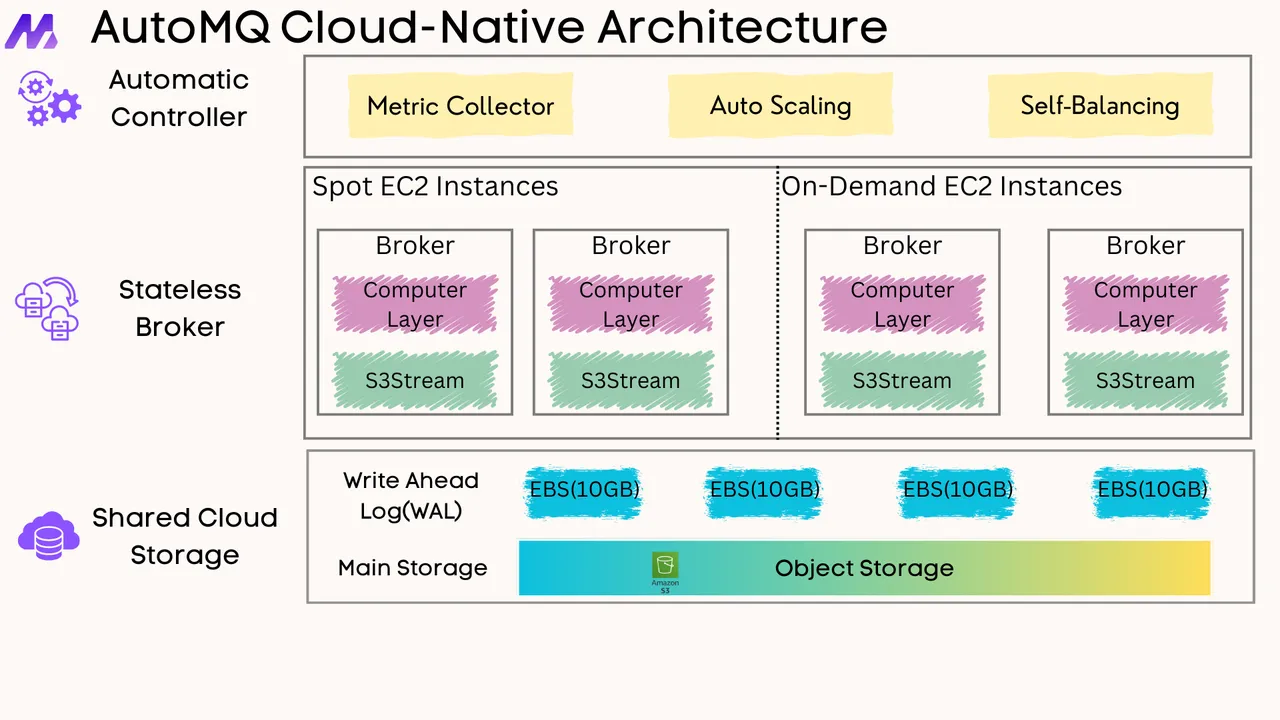





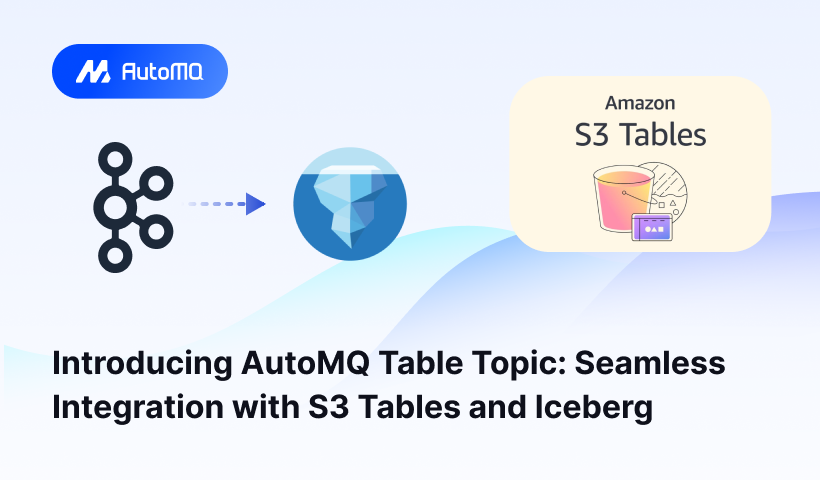
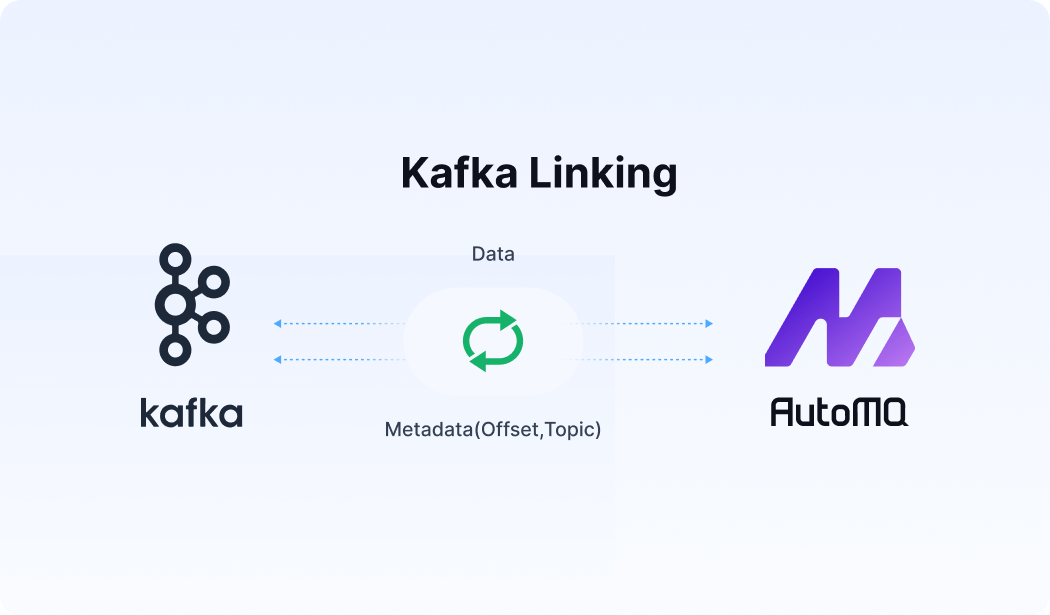




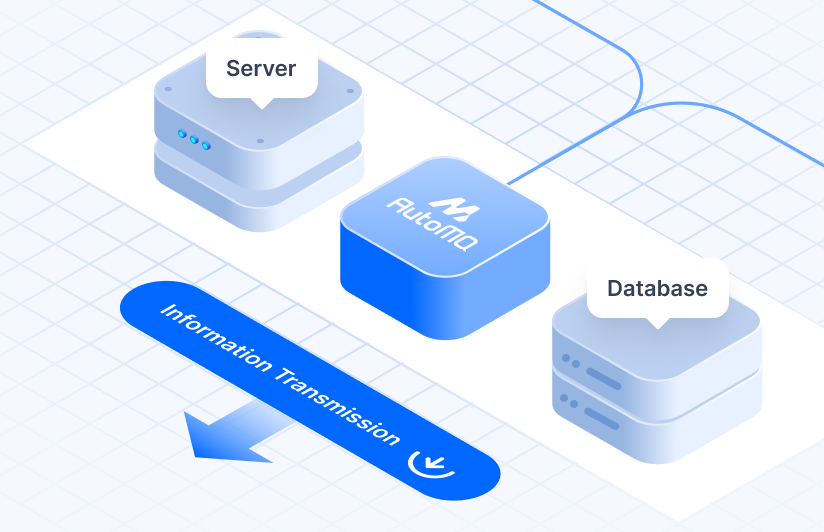
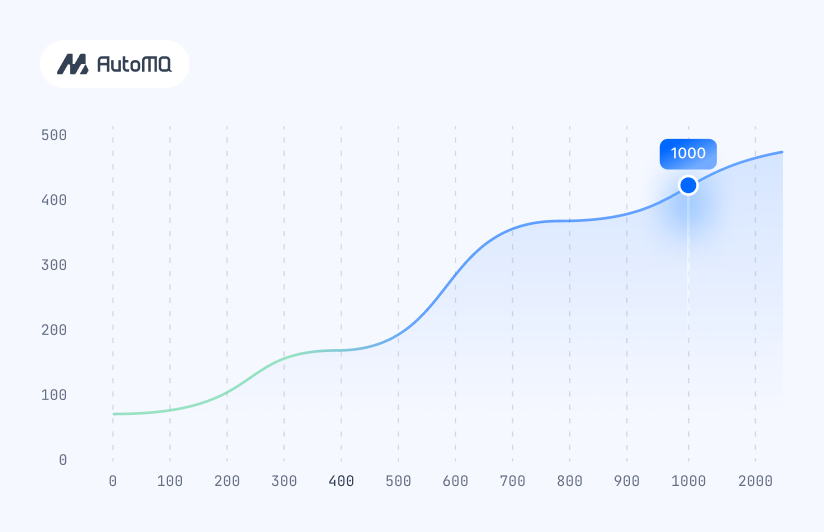


.png)
